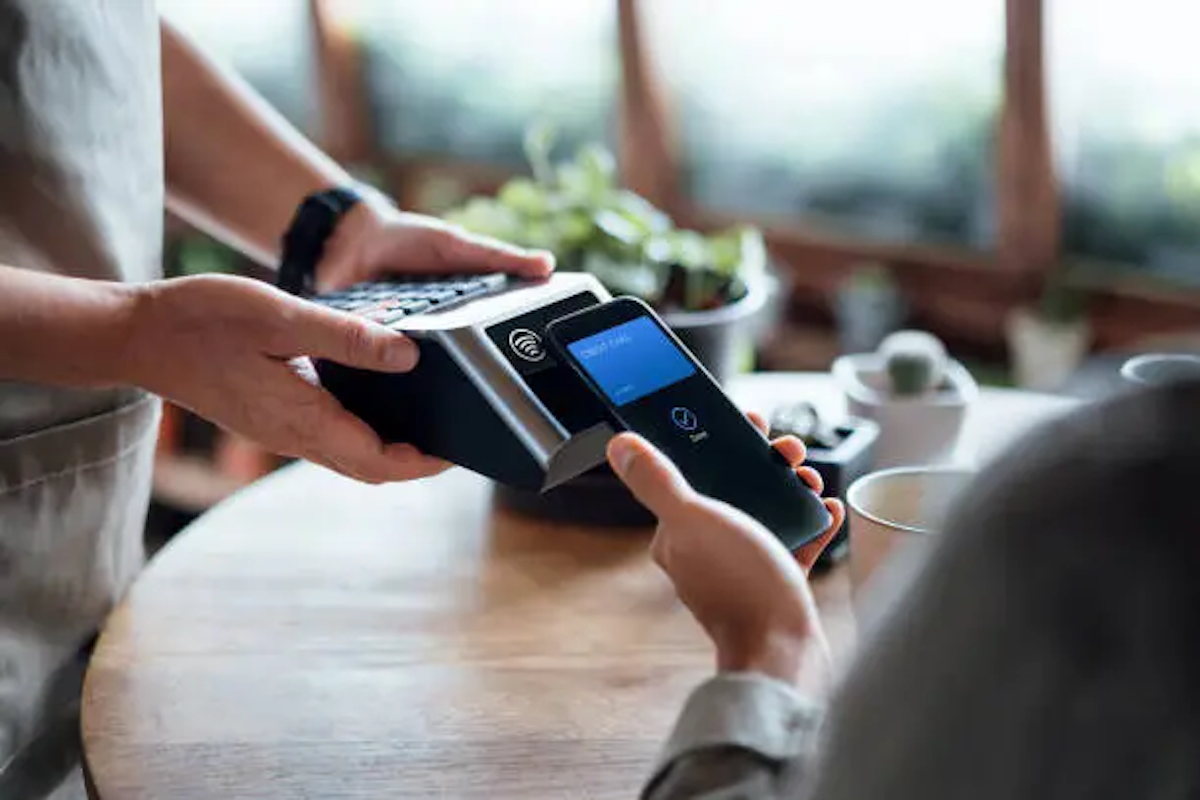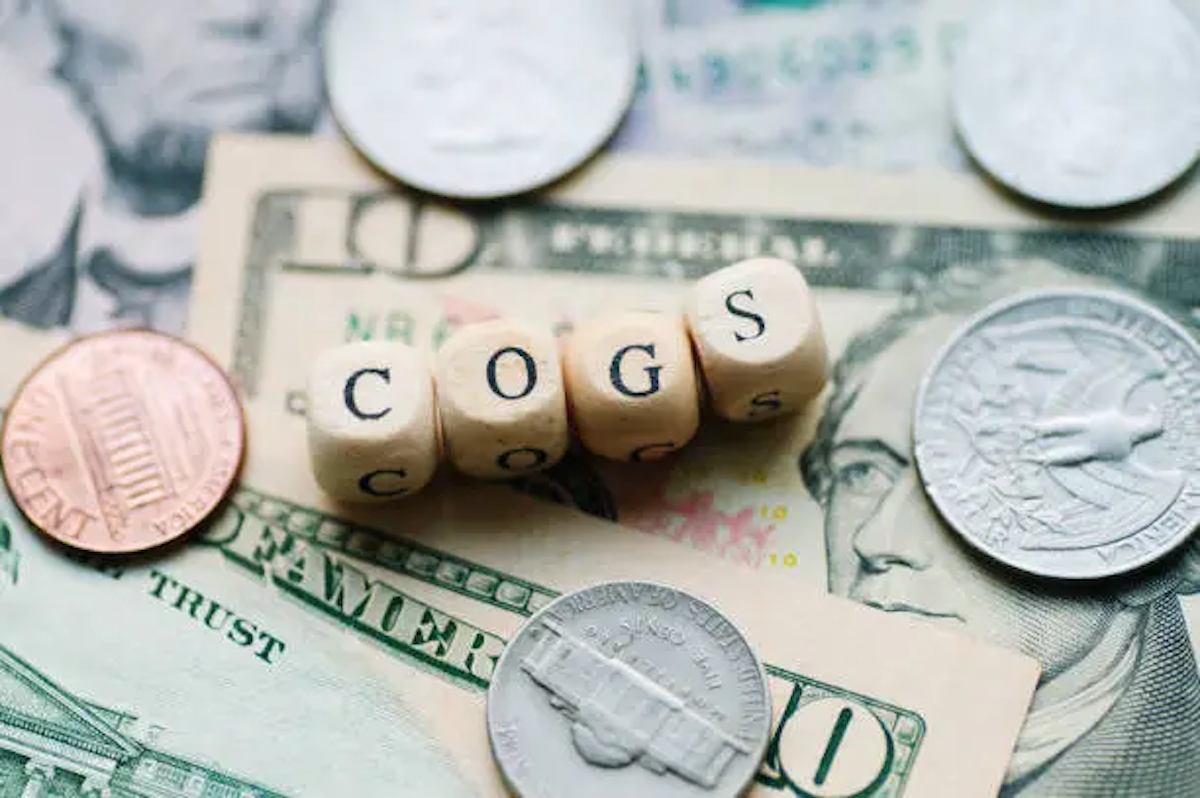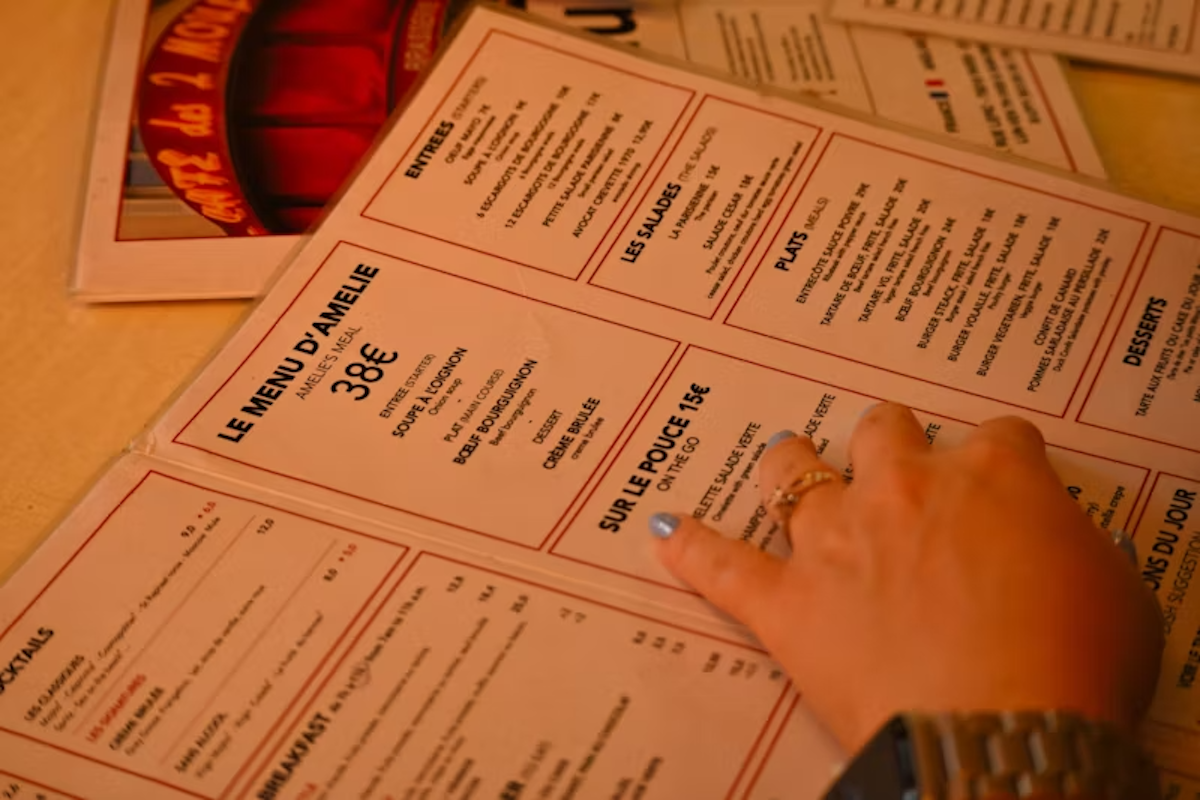What are the Average Restaurant Sales per Month by Category?
Breaking down average restaurant sales per month gives restaurant owners, managers, and investors a clearer view of how the business is performing....
Platform
Combining online ordering, loyalty, omnichannel messaging, AI insights, and payments in one platform. Paytronix delivers relevant, personal experiences, at scale, that help improve your entire digital marketing funnel by creating amazing frictionless experiences.
A Complete Customer Experience Platform
Online Ordering
Acquire new customers and capture valuable data with industry leading customization features.
Loyalty
Encourage more visits and higher spend with personalized promotions based on individual activity and preferences.
Catering
Grow your revenue, streamline operations, and expand your audience with a suite of catering tools.
CRM
Build great customer relationships with relevant personal omnichannel campaigns delivered at scale.
Artificial Intelligence
Leverage the most data from the most customer transactions to power 1:1 marketing campaigns and drive revenue.
Payments
Drive brand engagement by providing fast, frictionless guest payments.
Solutions
We use data, customer experience expertise, and technology to solve everyday restaurant and convenience store challenges.
Contactless Experiences
Accommodate your guests' changing preferences by providing safe, efficient service whether dining-in or taking out.
Customer Insights
Collect guest data and analyze behaviors to develop powerful targeted campaigns that produce amazing results.
Marketing Automation
Create and test campaigns across channels and segments to drive loyalty, incremental visits, and additional revenue.
Mobile Experiences
Provide convenient access to your brand, menus and loyalty program to drive retention with a branded or custom app.
Subscriptions
Create a frictionless, fun way to reward your most loyal customers for frequent visits and purchases while normalizing revenues.
Employee Dining
Attract and retain your employees with dollar value or percentage-based incentives and tiered benefits.
Order Experience Builder
Create powerful interactive, and appealing online menus that attract and acquire new customers simply and easily.
Loyalty Programs
High-impact customizable programs that increase spend, visit, and engagement with your brand.
Online Ordering
Maximize first-party digital sales with an exceptional guest experience.
Integrations
Launch your programs with more than 450 existing integrations.
Loyalty Programs
Deliver the same care you do in person with all your digital engagements.
Online Ordering
Drive more first-party orders and make it easy for your crew.
Loyalty Programs
Digital transformations start here - get to know your guests.
Online Ordering
Add a whole new sales channel to grow your business - digital ordering is in your future.
Integrations
We work with your environment - check it out.
Company
We are here to help clients build their businesses by delivering amazing experiences for their guests.
Meet The Team
Our exceptional customer engagement innovations are delivered by a team of extraordinary people.
News/Press
A collection of press and media about our innovations, customers, and people.
Events
A schedule of upcoming tradeshows, conferences, and events that we will participate in.
Careers
Support
Paytronix Login
Order & Delivery Login
Resources
Learn how to create great customer experiences with our free eBooks, webinars, articles, case studies, and customer interviews.
FlightPaths are structured Paytronix software onboarding journeys designed to simplify implementation and deliver maximum ROI.
See Our Product In Action
E-Books
Learn more about topics important to the restaurant and c-store customer experience.
Reports
See how your brand stacks up against industry benchmarks, analysis, and research.
Blog
Catch up with our team of in-house experts for quick articles to help your business.
Case Studies
Learn how brands have used the Paytronix platform to increase revenue and engage with guests.
Is your brand tapping into these three unshakeable pillars of guest loyalty in 2025?
6 min read
Apr 23, 2025

Breaking down average restaurant sales per month gives restaurant owners, managers, and investors a clearer view of how the business is performing. This goes beyond merely tracking numbers. It’s about using those numbers to make better decisions.
Sales performance shifts based on many factors, from restaurant type to customer habits. In this article, we’ll break down what these sales look like and how you can use the insights to grow and improve your restaurant.
As the term suggests, average restaurant sales per month show how much revenue a restaurant brings in over a one-month period. This number helps owners understand performance by revealing their actual revenue over time and is a good starting point for making informed business decisions.
To calculate it, total your sales for a month. Break it down by category to see which areas drive the most revenue. You can also look at averages over several months to spot patterns and smooth out any one-off spikes or dips.
Several factors impact monthly sales. Important ones include the restaurant type, menu pricing, location, and foot traffic. We'll explore these factors in more detail later.
Monthly sales vary depending on the type of restaurant. A quick-service burger chain won’t bring in the same average restaurant revenue as a high-end steakhouse, for example. Here’s a look at some average sales figures by restaurant category in the U.S.:
Sales are shaped by more than just food quality. Service style, average check size, average income in the area, and customer volume all play a role. Knowing where your restaurant fits enables you to set realistic goals and measure success.
Even with excellent menu offerings and steady foot traffic, sales rise or dip depending on various key factors. Some are out of your control but knowing what to expect helps you plan better. These common factors shape your monthly revenue:
Understanding these factors gives you more control over business planning, forecasting, and setting realistic targets.
To improve what you sell, you need to understand your current performance. Tracking your data regularly gives you insight into what’s working and where to improve.
Start with your restaurant POS system. It’s one of the best tools for capturing real-time data, like gross revenue, top-selling items, peak hours, and average spend per customer. This helps you adjust your menu, pricing, or staffing as needed.
Customer feedback is just as valuable. Use online reviews, comment cards, or short surveys to learn what guests like and what deters them.
Don’t forget your inventory tracking system. Strong inventory management shows how much product you’re using, helps spot waste, and flags when popular items are running low.
When you connect these tools, patterns start to emerge. You’ll see how different parts of the business impact each other and where small changes could drive improvements.
Once you understand your sales data, it’s time to take action. Even small changes can lead to noticeable results when applied strategically.
Start with menu engineering. Highlight dishes that bring in higher profit margins and update items that don’t sell. Use photos, descriptions, or placements on the menu to guide customer choices.
Plan smart promotions and marketing campaigns. Local ads, brand loyalty programs, and limited-time offers can help attract more customers, especially during slower periods.
Customer service is another way to drive higher sales. A friendly, attentive experience often leads to bigger tips, more return visits, and better reviews.
Finally, look beyond the dining room. Add new revenue streams like catering, branded merchandise sales, meal kits, or private events. These can increase revenue without needing to increase table turnover.
You don’t need to do everything at once. Start with one idea, test the impact, and build from there.
Tech tools give restaurant owners a clearer picture of what’s happening day to day. They also help boost performance over time.
Your POS platform is more than a restaurant payment system. It tracks sales trends, menu performance, and staff activity. With the right setup, it can help you make faster, data-backed decisions.
CRM software helps you stay connected to your customers. Use it to track visits, offer promotions, and personalize communication. A loyal customer base spends more, and CRM tools make it easier to bring them back.
Online ordering platforms and restaurant delivery software open up new revenue streams. They also offer data on order timing, preferences, and peak delivery windows, helping you plan and staff accordingly.
Together, these tools make it easier to see what’s working and where you can improve. The result? Better service, smarter decisions, and stronger total revenue.
Knowing how your sales compare to industry averages gives you important context. It lets you see what’s realistic and what needs work.
Benchmarking goes beyond just hitting a number. Whether you're running a new restaurant or refining an existing one, it’s about spotting gaps and setting smart goals based on real data. Use benchmarks to:
Regular benchmarking keeps your strategy grounded. It helps you focus on growth that’s achievable, not just aspirational.
Let’s look at two real-world examples of restaurants that significantly increased their average restaurant sales per month through strategic initiatives.
A national Mexican restaurant chain turned slow months into busy ones using a Paytronix-powered “Instant Win” loyalty promotion. By surprising guests with random rewards like free burritos and tacos, they achieved the following results:
The fun, in-store experience kept customers engaged and coming back.
To fix slow days, a pizza chain ran a Paytronix-powered dine-in loyalty promo offering timed discounts to registered members. It led to the following success metrics:
A smart reward strategy turned quiet nights into busy, high-earning shifts.
Key Takeaway: These cases highlight the importance of embracing technology and efficient management practices to drive sales growth in the restaurant industry.
Still have questions about monthly restaurant revenue? These quick answers cover common questions and help you make sense of the numbers behind the industry.
Average daily sales for a restaurant vary widely based on the type of restaurant, location, and time of year. Busy spots make much more than smaller or slower-paced places.
Restaurant profit per month depends on many factors including the restaurant size, labor costs, and menu prices among other aspects. Most aim for a small percentage of sales after covering expenses. Higher revenue doesn’t always mean higher profit. It’s about managing money wisely.
The selling price of a small restaurant varies significantly based on several factors. It depends on location, equipment, sales history, and brand reputation to name a few. Some sell for tens of thousands and others for much more.
Restaurant profit margins are low because operational costs add up fast. Food costs, staff wages, rent, and supplies all take a big chunk, and prices can’t always go up to match. Even a small amount of waste or slow nights hurt profits. That’s why tracking costs and sales is key.
Knowing your average monthly sales helps you track performance, set smart goals, and spot areas to improve. It’s not a one-time task. Keep checking your numbers and adjusting as needed. The more you understand your data, the easier it becomes to run a profitable restaurant.
Ready to grow your restaurant’s revenue? Book a demo and discover how our smart tools turn data into profit.

Breaking down average restaurant sales per month gives restaurant owners, managers, and investors a clearer view of how the business is performing....

Understanding the cost of goods sold (COGS) is crucial for maintaining healthy profit margins in both restaurants and convenience stores (c-stores)....

Menu engineering is a proven strategy to increase restaurant profitability. By analyzing sales data, you can refine your offerings to focus on...